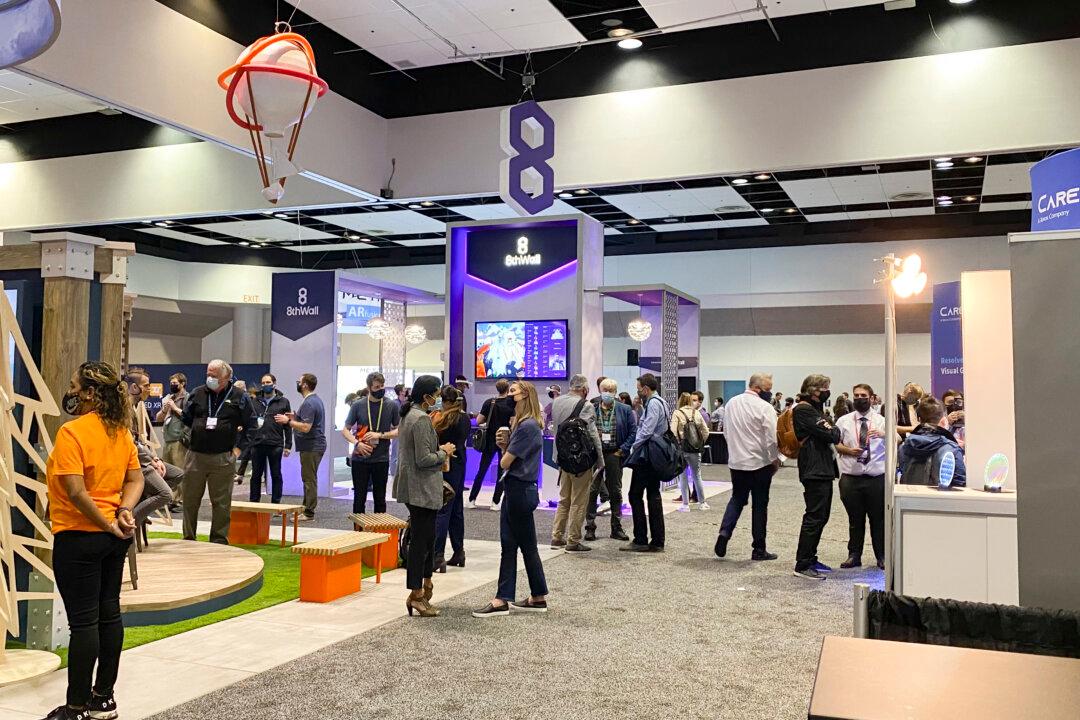SANTA CLARA, Calif.—The Augmented World Expo (AWE) took place in Silicon Valley from Nov. 9 to 11 this year after last year’s event was canceled due to the pandemic.
The expo was held at the Santa Clara Convention Center and featured artificial intelligence, bio-interfaces, haptics, 5G, streaming, and more.





